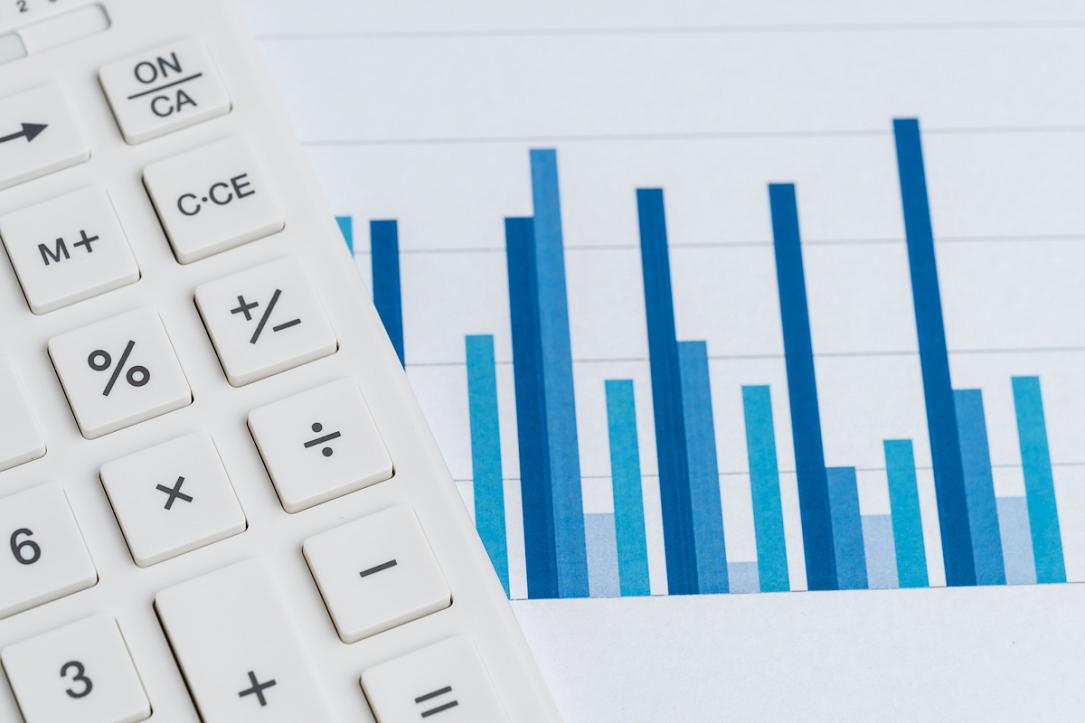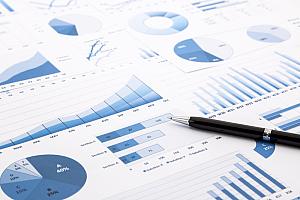Eurostat: Prices of goods in Romania rise to 74.5% of EU average in 2022

The average prices paid by Romanian households for the goods and services purchased for (private) consumption in 2022 reached 57.8% of the EU average, a significant increase from 55.0% in 2021, according to the Union’s statistics office Eurostat. It was the lowest level among all the Union’s member states and a very low level in absolute terms.
It is far from being the result of wise policies or reflecting higher affordability of goods and services in Romania. Hourly labour cost in Romania is EUR 9, less than one-third of the average in the EU (EUR 30.5).
The structure of private consumption (low-cost brand Dacia still dominates the automobile market in Romania) explains part of the discrepancy. When it comes to perfectly comparable goods, prices in Romania don’t look so low, particularly in the context of much lower household incomes (hence lower demand), they may be even above average. Finally, the demand-side factors (low incomes) contribute to lower prices in general in Romania.
The prices paid by the government for goods and services (public consumption) were even lower than those paid by households: they were only 37.4% of the EU average (35.8% in 2021). This wide discrepancy is partly due to the low level of the (regulated) prices paid from the public budget for public services (health, education), which resulted in the low quality and availability of public services in Romania.
Services vs goods; Tradeability. As expected, the discrepancy between the prices in Romania versus the EU average is wider regarding services, where the prices in Romania were only 38.7% of the EU average in 2022. Public services drag down the average: health services cost 28% of the EU average.
The “more tradeable” goods are, the smaller the discrepancy between prices in Romania versus the EU average is: the durable goods’ prices in Romania were 88.5% of the EU average, while the prices of non-durable goods were only 73.7% of the EU average.
There’s one more important detail that artificially magnifies the discrepancy for services/non-tradeable goods making Romanian prices look smaller: comparability. The price of a hotel room in Nice is compared by Eurostat with the price of a hotel room in Mamaia, for instance, while the two tourism services are very different, and this is valid for a large part of the services and even when it comes to some non-tradeable goods (the double-standard dilemma or why East Europeans prefer less expensive fruit and more cheap chemicals in their fruit juice).
When it comes to perfectly comparable goods, prices can actually be higher in Romania: the price of software in Romania was 111.4% of the EU average in 2022. The price of edible oil was comparatively higher as well, 108.6% of the EU average, even if Romania has among the highest sunflower crops on the continent and was flooded with even more raw material from Ukraine.
Surprisingly, the non-building investment goods are more costly in Romania than the EU average. Thus, machinery and equipment are 4.7% more expensive in Romania compared to the EU average.
Civil engineering construction works cost 82.2% of the average cost in Europe, but residential construction works only 42.4% of the EU average – which can be explained by the larger (EU-funded) budgets for public projects compared to the more moderate budgets of local households.
iulian@romania-insider.com
(Photo source: Nuthawut Somsuk/Dreamstime.com)













